Abstract
To assess the usefulness of screening for risk factors, we derived arithmetic relationships between screening parameters (sensitivity, specificity, and positive predictive value PPV) and risk factor frequency, disease frequency and relative risk. We evaluated these relationships in the special case of genetic markers and disease susceptibility. It can be shown that even in the face of very large relative risks, sensitivity and positive predictive value are affected by the relative magnitude of disease and genetic marker frequencies. When the genetic marker is less frequent than the disease, PPV increases with increasing relative risk but sensitivity remains low. When the genetic marker is more frequent than the disease, sensitivity increases with increasing relative risk but PPV remains low. When marker and disease frequencies are equal, both PPV and sensitivity increase with increasing relative risks, but very high relative risks (greater than 100) have to be obtained for rare diseases. Depending on the goals of the screening program, these relationships can be used to predict the relative magnitudes of false positives (low PPV) and false negatives (low sensitivity). This approach can be generalized to evaluate nongenetic risk factors in screening programs as well.
Full text
PDF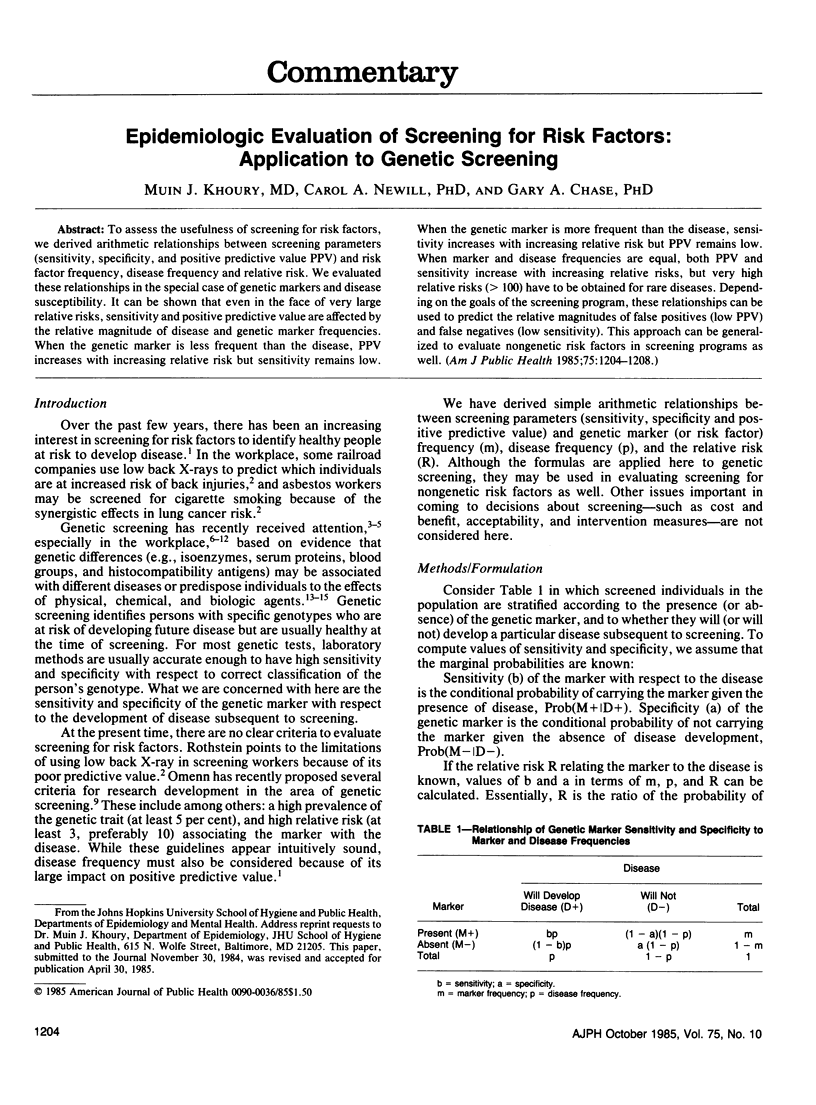
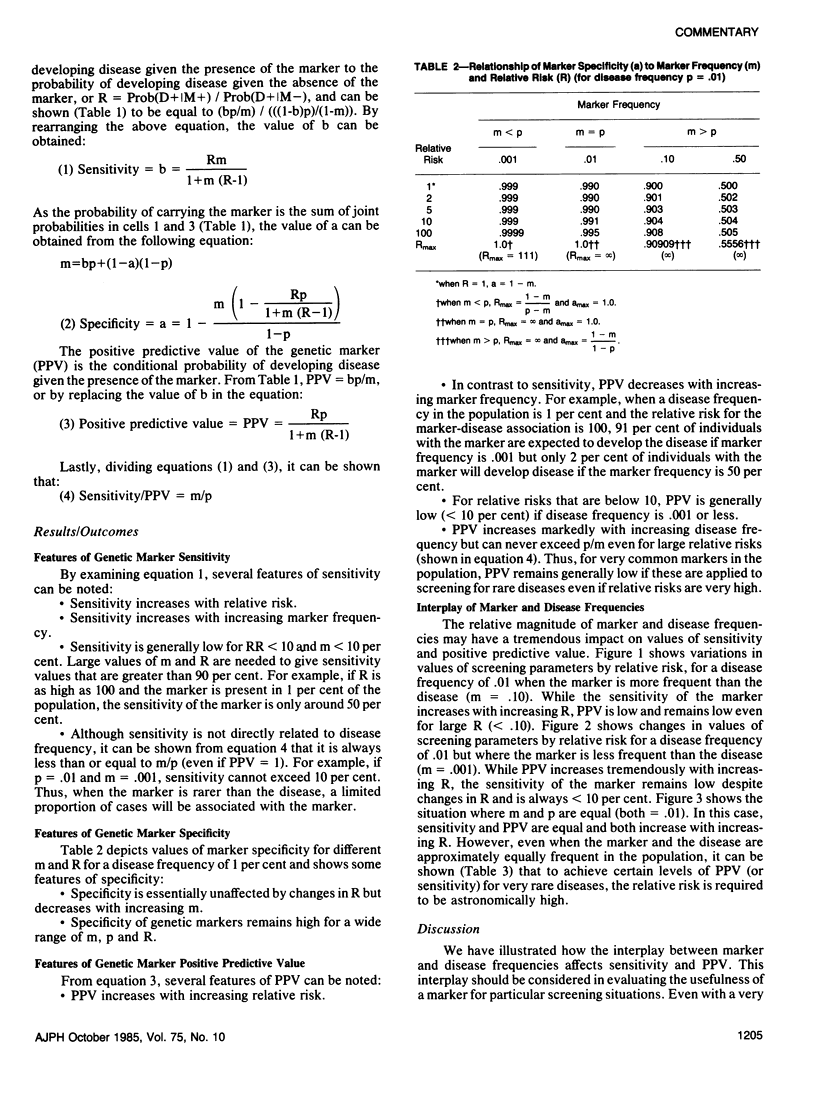
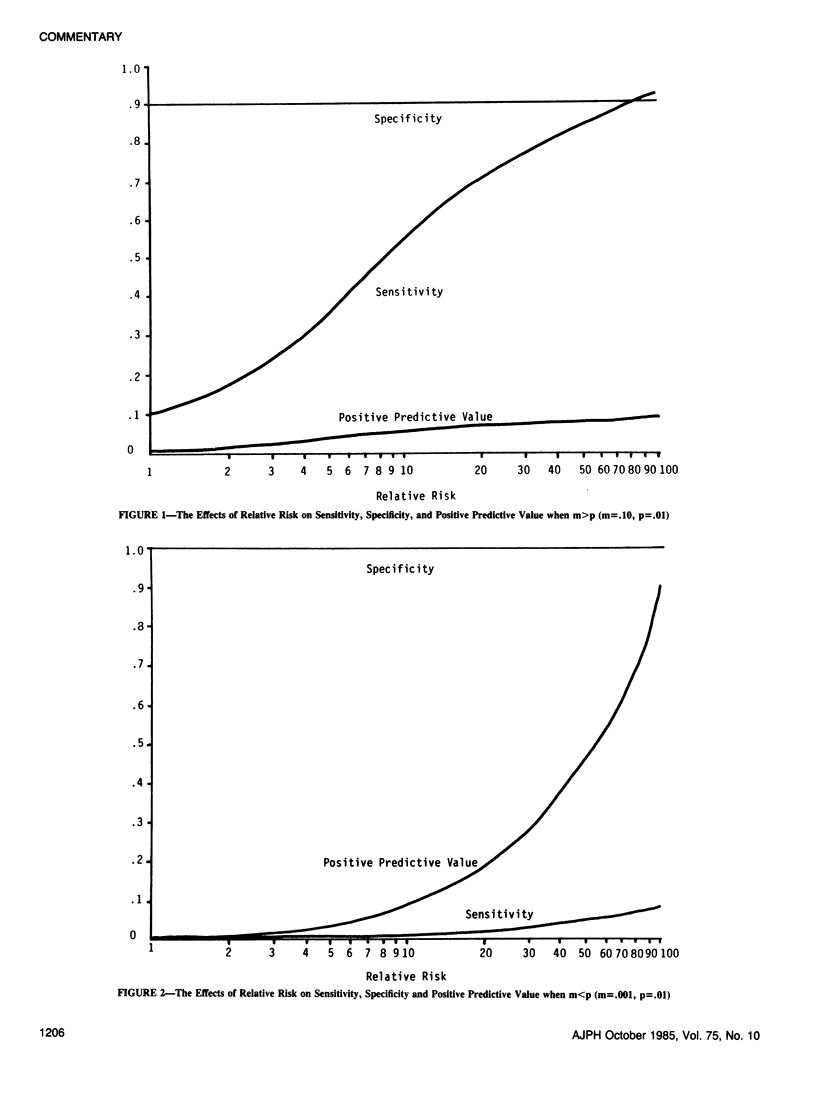
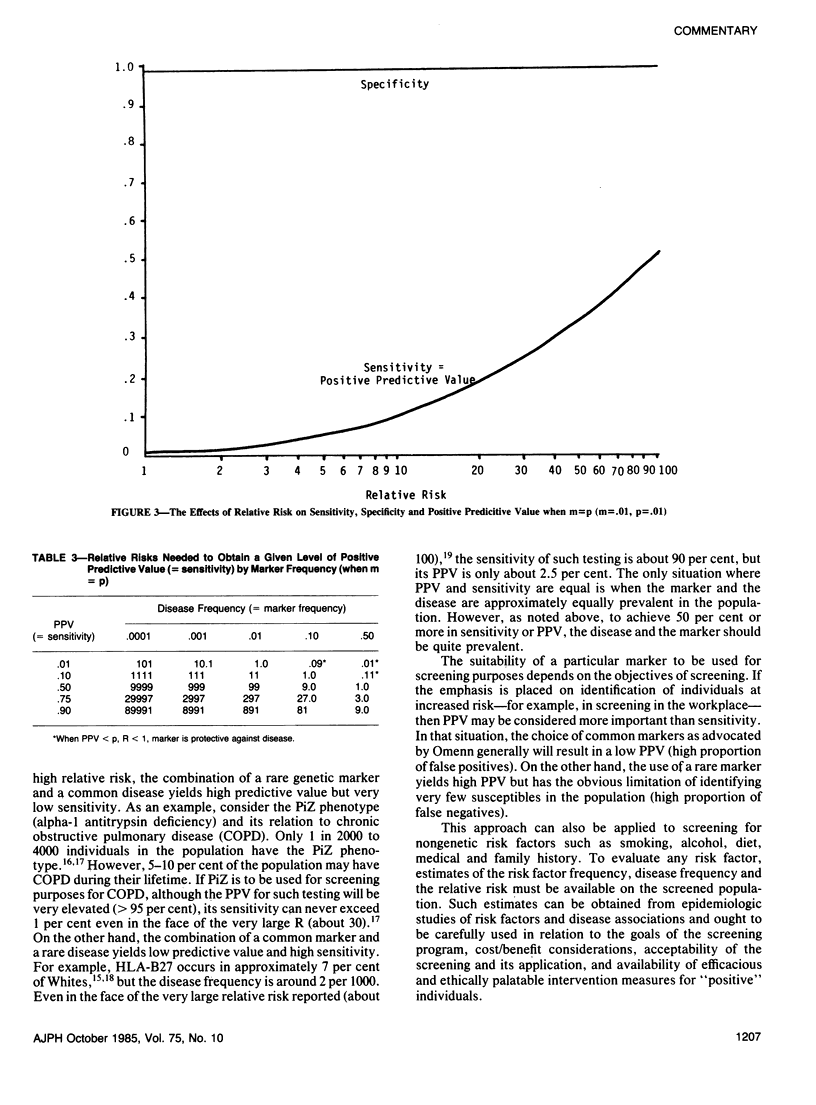
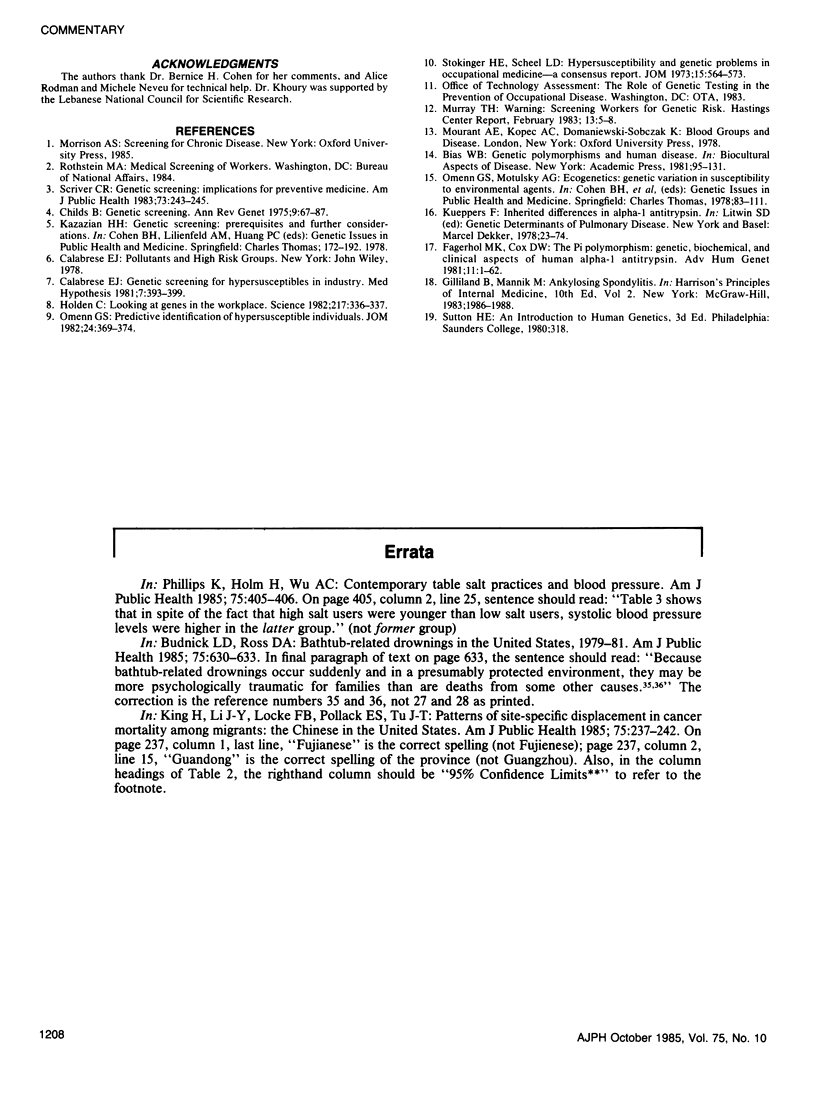
Selected References
These references are in PubMed. This may not be the complete list of references from this article.
- Calabrese E. J. Genetic screening for hypersusceptibles in industry. Med Hypotheses. 1981 Mar;7(3):393–399. doi: 10.1016/0306-9877(81)90075-x. [DOI] [PubMed] [Google Scholar]
- Childs B. Genetic screening. Annu Rev Genet. 1975;9:67–89. doi: 10.1146/annurev.ge.09.120175.000435. [DOI] [PubMed] [Google Scholar]
- Holden C. Looking at genes in the workplace. Science. 1982 Jul 23;217(4557):336–337. doi: 10.1126/science.7089567. [DOI] [PubMed] [Google Scholar]
- Omenn G. S. Predictive identification of hypersusceptible individuals. J Occup Med. 1982 May;24(5):369–374. doi: 10.1097/00043764-198205000-00007. [DOI] [PubMed] [Google Scholar]
- Scriver C. H. Genetic screening: implications for preventive medicine. Am J Public Health. 1983 Mar;73(3):243–245. doi: 10.2105/ajph.73.3.243. [DOI] [PMC free article] [PubMed] [Google Scholar]
- Stokinger H. E., Scheel L. D. Hypersusceptibility and genetic problems in occupational medicine--a consensus report. J Occup Med. 1973 Jul;15(7):564–573. [PubMed] [Google Scholar]


